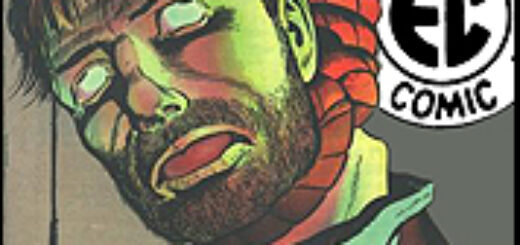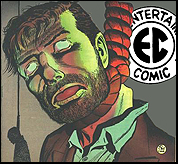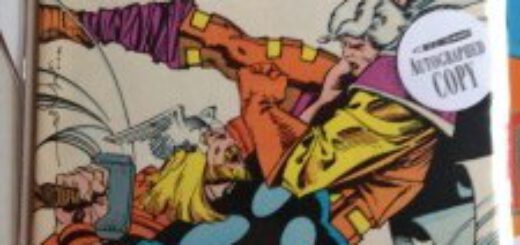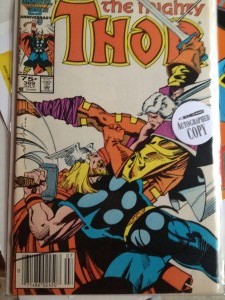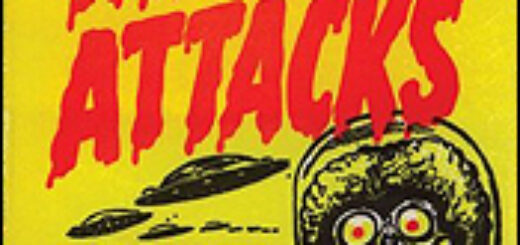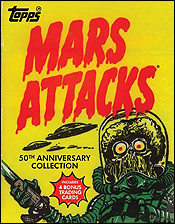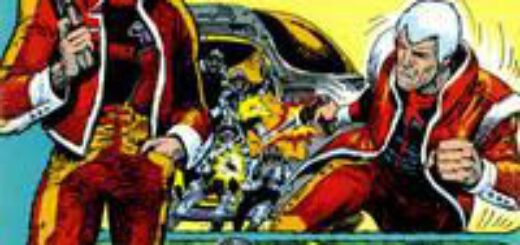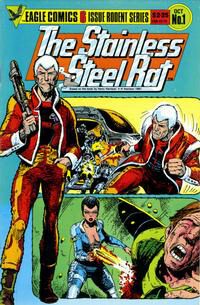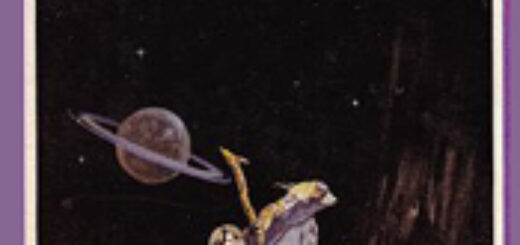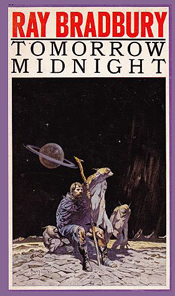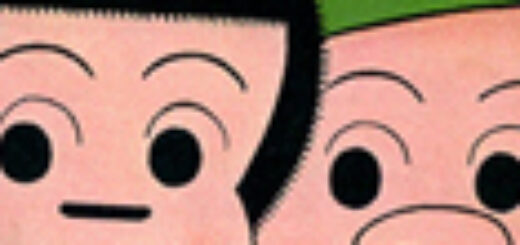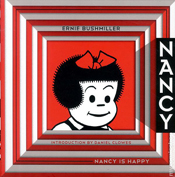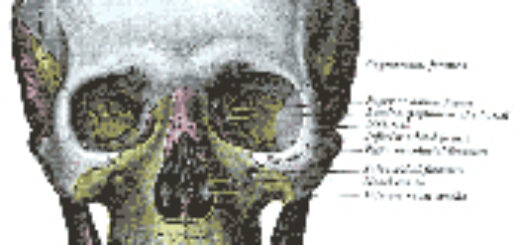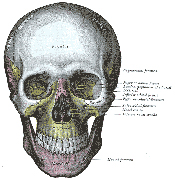Mike Gold: Restoring Our Sense of Wonder
 Back in the days of purple hallucinogenic duplicator fluid, Bill Schelly published a great fanzine called Sense of Wonder. In an era when there were many first-rate fanzines (Alter-Ego, Fantasy Illustrated, RBCC), Bill’s zine was the most aptly-named. That’s what comic books were all about. Playing to the sense of wonder.
Back in the days of purple hallucinogenic duplicator fluid, Bill Schelly published a great fanzine called Sense of Wonder. In an era when there were many first-rate fanzines (Alter-Ego, Fantasy Illustrated, RBCC), Bill’s zine was the most aptly-named. That’s what comic books were all about. Playing to the sense of wonder.
Today, well, not so much. Comics offer us nitty-gritty, slow moving but quick reading stories that are meant to be collected into trade paperback form. The audience is a lot older than it was a half-century ago, and that’s okay. Times change, tastes change.
But then there’s the “baby-for-the-bath-water” argument. I think we have turned our backs on a vital portion of our potential audience. We’ve finally addressed the younger end of the audience, primarily through recent efforts from Boom!, IDW and Archie, although DC and Marvel continue to churn out needlessly lame versions of their cartoon characters. That’s their problem. Our problem is, how do you keep the readers too old for Adventure Time but too young for Hawkeye? What do we have for the “bridge” readers?
Obviously, it’s an issue of commitment from the publishers. They must invest in their own future, and sometimes they’re trying to sustain their current efforts and don’t have the cash flow or incentive to experiment. But, I think, it’s also a talent issue. It’s hard for a publisher to turn down a great concept from established talent. It happens – well, it happens a lot, but we need more.
The greatest comics creators bathed in the sense of wonder. Jack Kirby, Wally Wood, Will Eisner, Bud Sagendorf, Carl Barks, Carmine Infantino… the list is nearly endless. And many of those who grew up reading these masters bathe in similar waters: Jim Starlin, Walter Simonson, Keith Giffen, Howard Chaykin, et al. But too many comics creators who are not on Medicare are sadly less likely to be fantasists.
Today there are only a handful of such titles being produced by the larger publishers. But Erik Larsen has been doing Savage Dragon for 200 issues – if you count crossovers and mini’s, that number is probably about 300. Somebody must be buying it, and I doubt it’s just a couple people with severe myopia thinking they’re getting a lot of variant editions.
Maybe we perceive such stuff as “children’s comics” and we feel indulging in such storytelling is a step backwards. Retro. I don’t think so. The sense of wonder addresses all audiences. Just go to the movie theater during afternoon showings and count the number of old geezers wearing 3-D glasses.
We need to address the entire humanity of potential audiences. And we desperately need to hold on to our sense of wonder.




